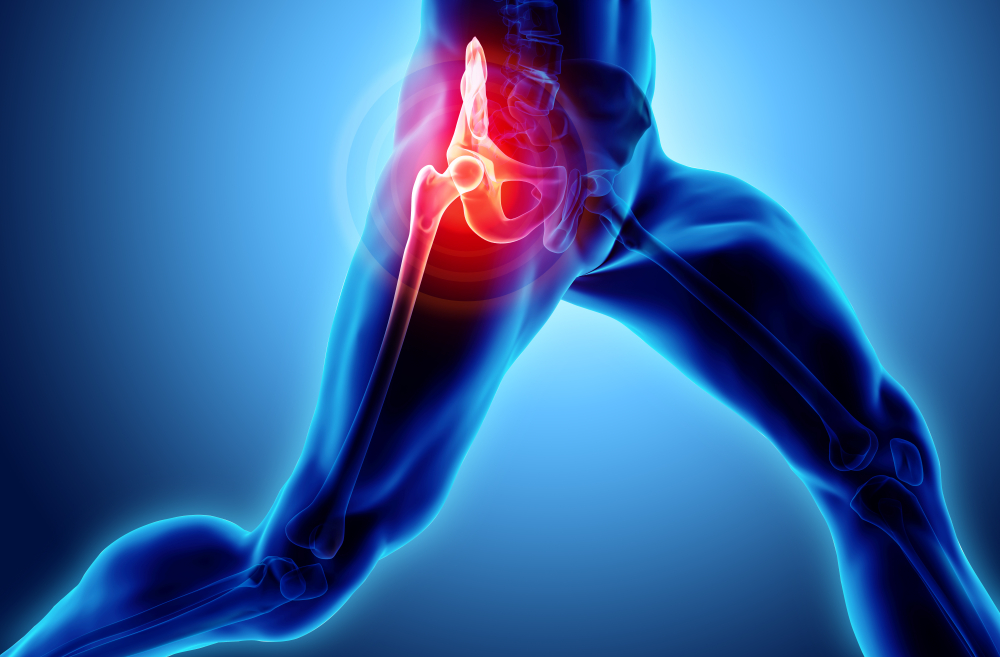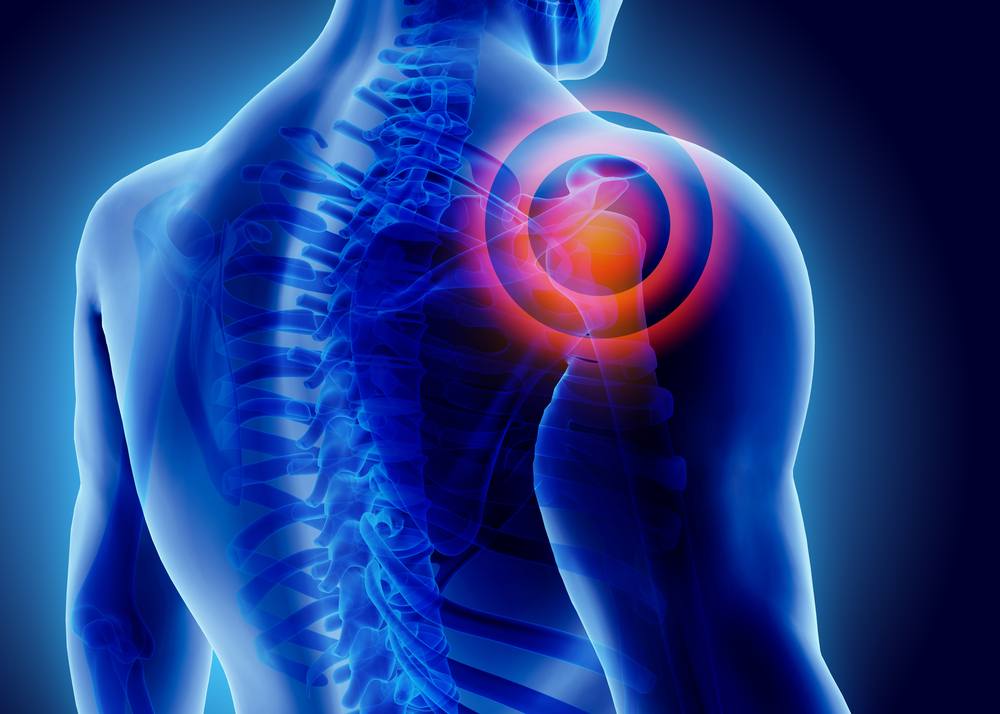Background: Advances in the management of patients with major thermal injury have resulted in a progressive increase in survival rates. We report preliminary data evaluating the safety and potential efficacy of human growth hormone (HGH) administration in a high-risk population of burned patients.
Methods: From 1989 to 1993, 69 patients sustaining major burns (defined as patient age plus percentage of body surface area with deep second- and third-degree burns greater than or equal to 90) were evaluated. Patients routinely received anti-inflammatory pharmaco including antioxidants, an endotoxin binder, and cyclooxygenase blockade. Half of the 54 patients who survived more than 7 days received HGH to enhance wound healing. Injury severity, morbidity, and mortality for patients receiving HGH was compared to the 27 patients not receiving HGH.
Results: For the entire population (n = 69), average age was 56 +/- 23 years, body surface area burned was 58% +/- 24%, and 30% sustained smoke inhalation. Actual mortality was 41%, significantly less than the more than 70% mortality rate predicted from reported outcome data. Patients receiving HGH were well matched with the group not receiving HGH with respect to extent of injury, burn management, pharmaco , and in-hospital morbidity. Mortality of the patients receiving HGH was 11%, significantly less than the 37% mortality rate of the patients without HGH (p = 0.027).
Conclusion: Compared to standard predictors of burn mortality our small patient group appears to have an improved survival rate, suggesting that the use of anti-inflammatory agents appears safe and potentially beneficial. Patients receiving HGH exhibited minimal drug-related complications and mortality rates were improved when this population was compared with both predicted mortality rates and a well-matched control population of concurrently treated patients. Prospective blinded trials are now necessary to confirm these findings in a larger patient group.
(C) Williams & Wilkins 1995. All Rights Reserved.


